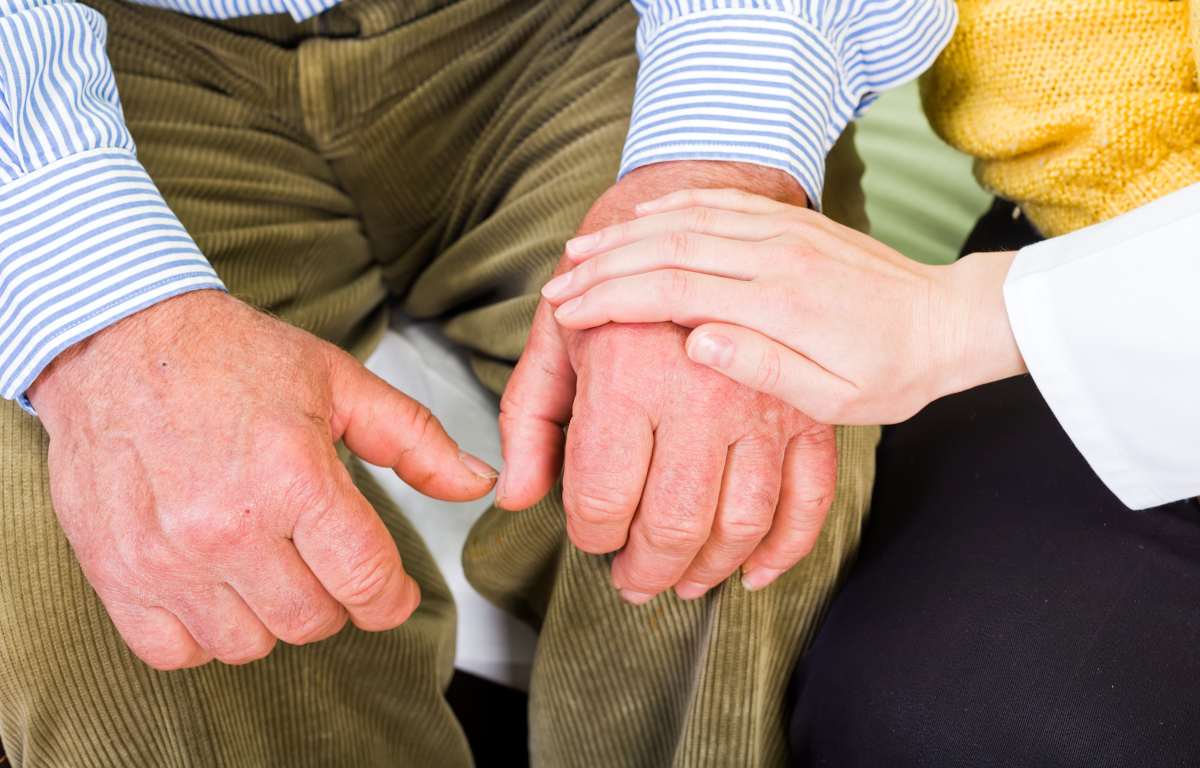Approximately 54 million adults have been diagnosed with arthritis. That number is expected to rise to over 78 million by 2040. This condition describes inflammation of the joints. It can be found in one or multiple areas and is categorized into over 100 different types, the most common being rheumatoid arthritis and osteoarthritis.
Each type comes with a different cause and treatment method. Some patients develop symptoms over time, while others may notice them suddenly. The most common signs of arthritis include swelling, stiffness, and joint pain. You may also find that your range of motion decreases and the skin around the joint turns red.
How Arthritis Can Affect Your Daily Life
Arthritis can significantly affect a person’s day to day life. Pain can make it difficult to get out of bed and handle simple tasks like cooking, cleaning, or personal hygiene. It can also make it harder to do things like gardening or recreational activities and hobbies the patient used to enjoy. That can lead to emotional changes, like anxiety and depression. A person with arthritis may need to rely more on friends and family for assistance as well as emotional support.
What Do I Do After My Arthritis Diagnosis?
Your doctor will do several things to determine if you have arthritis. First, they will review your symptoms and perform a physical examination to look for swelling. They may also have you undergo a blood test and X-rays. These are necessary to determine the type of arthritis that’s present.
X-rays can show osteoarthritis by revealing bone spurs and loss of cartilage. A blood test can indicate rheumatoid arthritis by showing the presence of rheumatoid factors (RF).
If you discover that you have arthritis, the first thing you should do is talk to your doctor. Find out what type of arthritis you have and listen to their treatment recommendations. You may be advised to undergo physical therapy, or you may need a prescription or surgery.
Make sure you ask your doctor any questions you have about the condition and how to manage it. They can provide better insight or guide you to resources that can help. You should also discuss the condition with your family so that they can be there to assist if you need support.
How to Live Better Long-Term with Arthritis
It is best to be proactive when it comes to minimizing arthritis pain and learning to live life to the fullest with the condition. Each patient’s situation is different, so the amount of change needed as well as mobility concerns and severity of pain will vary. There are some things you can do to live better and stay happy and healthy with arthritis.
- Stick to Your Treatment Regimen – Whether your doctor prescribed medication, occupational therapy, or something else, make sure you stick with it. Keeping up with your treatment is essential to reducing discomfort and retaining as much mobility and independence as possible.
- Maintain Healthy Weight – People who are overweight have a higher risk of developing arthritis. Extra pounds can make the condition worse because it puts additional pressure on damaged joints. Whether you already have arthritis or not, maintaining a healthy weight is a great way to live better.
- Exercise and Stay Active – Exercise and activity will help you stay fit. It’s also great for mental health. Exercise programs for older adults are available that are designed to be safe and effective. Try workouts that build strength and improve balance like swimming, yoga, walking, and Pilates. High-impact activities like running, jumping, and tennis should be avoided. Keep your doctor informed when trying a new exercise routine.
- Rely on Your Strongest Joints – Avoid using joints that have arthritis. Instead, rely on your strongest joints and muscles to do the work. For example, if you have swelling in your wrist or fingers, try pushing doors open with your shoulder or the side of your arm instead.
- Start Using Adaptive Aids – Adaptive aids are designed to allow you to do things without applying stress to your joints. Labor-saving devices like electric can openers and mixing appliances are a good choice in the kitchen. You can also use automatic toilet bowl cleaners and spray-on mildew removers. Some tools help reduce or eliminate the need to reach or bend.
- Modify Your Living Space – You may need to make changes to your living space to accommodate mobility limitations. This can include putting a non-slip suction mat or bathing stool in the tub to prevent a fall. Assisted living homes are often better equipped to provide the type of modifications you need.
- Don’t Be Afraid to Ask for Help – Everyone needs help sometimes. It’s ok to ask for assistance. You can still be independent and need support for specific tasks. Make sure you discuss your condition with those close to you. Keeping them in the loop will better prepare loved ones to be there when you need them.
- Stay Positive Every Day – Arthritis can have a negative impact on a person’s mental health. That’s why it’s important to stay positive and active. There are ways to manage discomfort and mobility limitations. You should seek counseling if you feel like you are struggling with depression as a result of arthritis or any other condition.
An arthritis diagnosis doesn’t mean you have to stop doing the things you love. There are ways to adapt, and people who will be at your side to help you deal with the change. If you experience the signs of arthritis, talk to a doctor right away. Find out what’s going on now so that you can prepare for a happy future in the years to come.





